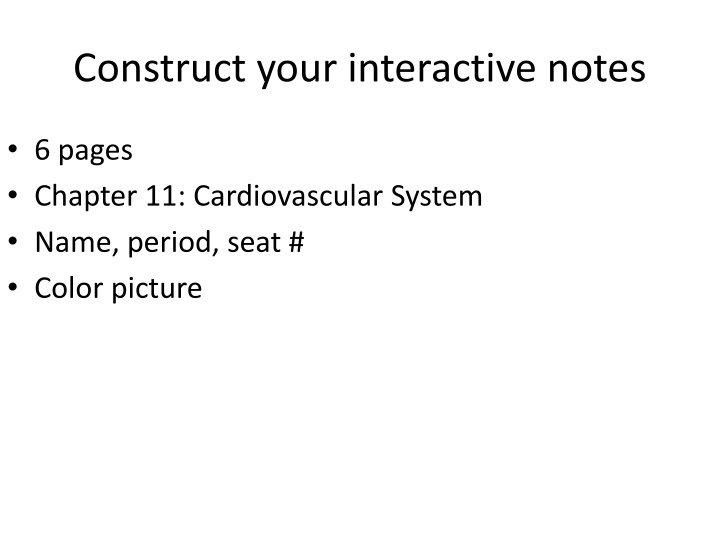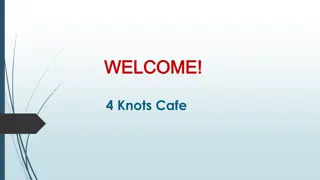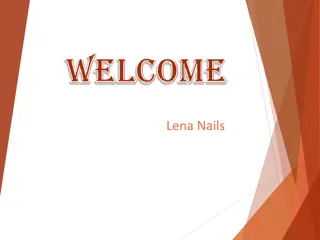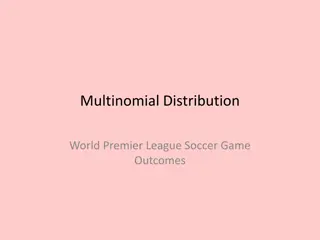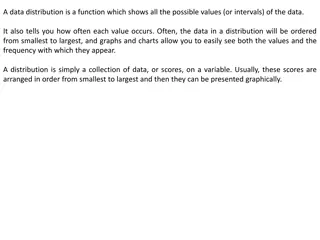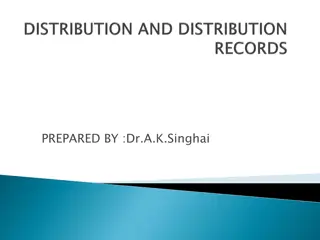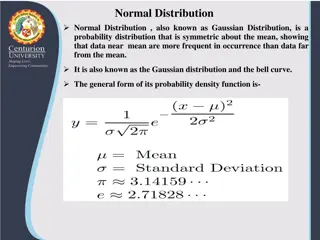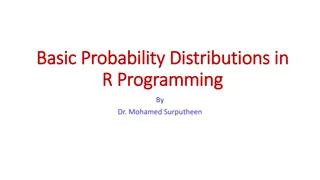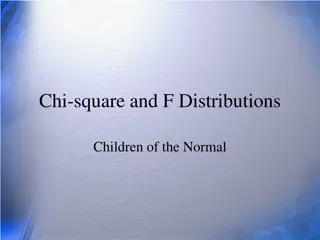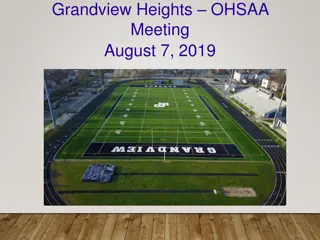Heights Distribution in a Class
Analyze heights of 12 class members using box plots, identifying key statistical measures like median, quartiles, and range. Explore comparisons between students using box plots and tables. Learn to interpret box plots and match with corresponding data values.
Download Presentation

Please find below an Image/Link to download the presentation.
The content on the website is provided AS IS for your information and personal use only. It may not be sold, licensed, or shared on other websites without obtaining consent from the author.If you encounter any issues during the download, it is possible that the publisher has removed the file from their server.
You are allowed to download the files provided on this website for personal or commercial use, subject to the condition that they are used lawfully. All files are the property of their respective owners.
The content on the website is provided AS IS for your information and personal use only. It may not be sold, licensed, or shared on other websites without obtaining consent from the author.
E N D
Presentation Transcript
Construct your interactive notes 6 pages Chapter 11: Cardiovascular System Name, period, seat # Color picture
Heart Anatomy (pg 2) Heart: muscular pump that provides the force necessary to circulate blood to all tissues in the body
Heart Anatomy (pg 2) Heart: muscular pump that provides the force necessary to circulate blood to all tissues in the body Pumps about 5 liters of blood per minute
Location Between the lungs. Rests on the diaphragm. Most superior portion is at the level of the second rib
Location Between the lungs. Rests on the diaphragm. Most superior portion is at the level of the second rib 2/3 of the heart is to the left of the body midline
Location Between the lungs. Rests on the diaphragm. Most superior portion is at the level of the second rib 2/3 of the heart is to the left of the body midline Heart is about the size of a closed fist
Coverings Heart is covered by a loose two-layered sac called the pericardium
Coverings Heart is covered by a loose two-layered sac called the pericardium Fibrous pericardium: tough, protective outer layer.
Coverings Heart is covered by a loose two-layered sac called the pericardium Fibrous pericardium: tough, protective outer layer. Parietal pericardium: Thin inner layer. Produces pericardial fluid for lubrication
Heart Wall Called the myocardium and made of cardiac muscle
Heart Wall Called the myocardium and made of cardiac muscle Cells are connected by intercalated disks
Heart Wall Called the myocardium and made of cardiac muscle Cells are connected by intercalated disks Myocardium is supplied with oxygenated blood by the coronary arteries, which branch off the aorta
Heart Wall Called the myocardium and made of cardiac muscle Cells are connected by intercalated disks Myocardium is supplied with oxygenated blood by the coronary arteries, which branch off the aorta Blockage of coronary artery = heart attack
Chambers of the Heart Atria: thin-walled chambers that receive blood from veins.
Chambers of the Heart Atria: thin-walled chambers that receive blood from veins. Ventricles: thick-walled chambers that forcefully pump blood
1. Right Atrium: receives deoxygenated blood from the superior and inferior vena cava
1. Right Atrium: receives deoxygenated blood from the superior and inferior vena cava 2. Right Ventricle: pumps blood through the pulmonary arteries to the lungs, where it becomes oxygenated
1. Right Atrium: receives deoxygenated blood from the superior and inferior vena cava 2. Right Ventricle: pumps blood through the pulmonary arteries to the lungs, where it becomes oxygenated 3. Left Atrium: receives oxygenated blood from the lungs via the pulmonary veins
1. Right Atrium: receives deoxygenated blood from the superior and inferior vena cava 2. Right Ventricle: pumps blood through the pulmonary arteries to the lungs, where it becomes oxygenated 3. Left Atrium: receives oxygenated blood from the lungs via the pulmonary veins 4. Left Ventricle: Pumps oxygenated blood to the body via the aorta. Thickest, strongest chamber
Heart Dance RIGHT Atrium, Ventricle LUNGS!
Heart Dance RIGHT Atrium, right Ventricle: LUNGS! LEFT Atrium, left Ventricle: BODY!
Valves of the Heart Valves prevent blood from flowing backward
Valves of the Heart Valves prevent blood from flowing backward 1. Atrioventricular (AV) valves: Between atria and ventricles
Valves of the Heart Valves prevent blood from flowing backward 1. Atrioventricular (AV) valves: Between atria and ventricles Anchored by strings called the chordae tendineae, which prevents the valve from letting blood back into the atria
Valves of the Heart Valves prevent blood from flowing backward 1. Atrioventricular (AV) valves: Between atria and ventricles Anchored by strings called the chordae tendineae, which prevents the valve from letting blood back into the atria Right = tricuspid valve
Valves of the Heart Valves prevent blood from flowing backward 1. Atrioventricular (AV) valves: Between atria and ventricles Anchored by strings called the chordae tendineae, which prevents the valve from letting blood back into the atria Right = tricuspid valve Left = bicuspid (mitral) valve
2. Semilunar Valves: located at the bases of blood vessels that carry blood from the ventricles
2. Semilunar Valves: located at the bases of blood vessels that carry blood from the ventricles Each valve has 3 cup-like cusps. When blood flows back toward the ventricles, the cups fill with blood, causing the valve to close
2. Semilunar Valves: located at the bases of blood vessels that carry blood from the ventricles Each valve has 3 cup-like cusps. When blood flows back toward the ventricles, the cups fill with blood, causing the valve to close Pulmonary SL valve: at exit of right ventricle
2. Semilunar Valves: located at the bases of blood vessels that carry blood from the ventricles Each valve has 3 cup-like cusps. When blood flows back toward the ventricles, the cups fill with blood, causing the valve to close Pulmonary SL valve: at exit of right ventricle Aortic SL valve: at exit of left ventricle
Pathway of Blood Hand-written notes
